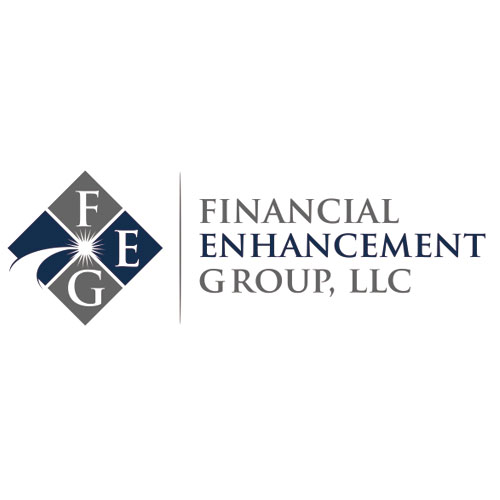Strategy is the term we use for planned execution. That doesn’t mean it is perfect but at least we have a plan. We work with many families that actively give of their time and resources and we have dedicated a large portion of our time at the Financial Enhancement Group to help make families better givers. We don’t view it as our job to get people to give more but we feel compelled to help you give in the best financial fashion.
For my family that starts with a giving strategy. There are many charities worthy of financial contributions but you can’t give in a meaningful way to all of them. We set out a few parameters besides our church that we care most deeply about. Those organizations get more of our attention and more of our gifts. It is easier to say “no” to a good cause when you have a strategy and frankly I have a hard time saying no. The result has been more peace of mind for my family and more focused giving for our charities.
There are three primary sources of funds you need to consider once you have created your gifting strategy. First, you can simply write a check and with the appropriate receipt deduct the gift, up to half of your adjusted gross income (AGI), assuming take an itemized deduction. This is the simplest way and certainly the most common way for charities to receive contributions. However, it is not always the best way!
Second, if you have to have assets that are appreciated – like stocks or real estate – you can gift those assets directly to a 501c3 (not-for-profit organization) or church. You did not sell anything thus you have no tax liability for the capital gain and your charity of choice pays no income tax on the sale of the assets. They get the full value and you get the full deduction. That is limited to 30% of your AGI but it is still often a win-win for your tax return and the charity.
Third, once you reach the age for taking required minimum distributions (age 70.5) you have a new opportunity to gift IRA assets up to $100,000 per year. The cash goes directly to your charity and you don’t have to recognize the income. The distribution is not deductible because you never paid any taxes on the contribution. The distribution does satisfy your RMD requirements (assuming your RMD is lower than $100,000) and with many of our families the process known as a Qualified Charitable Distribution (QCD) has helped to reduce Social Security taxation. Additionally, many of our families only itemize their taxes because of their charitable contributions. When they use the QCD their taxes can be simpler and reduced.
There are other strategies that can and should be considered especially gifting upon your death. Make sure you are working with qualified financial advisors including your CPA and these opportunities can be a real asset. Developing your gifting strategy and then focusing how you give can make you a better giver.
Tax advice provided by CPA’s affiliated with Financial Enhancement Group, LLC.
Disclaimer: Do not construe anything written in this post or this blog in its entirety as a recommendation, research, or an offer to buy or sell any securities. Everything in this post is meant for educational and entertainment purposes only. I or my affiliates may hold positions in securities mentioned in the blog. Please see my Disclosure page for full disclaimer.



